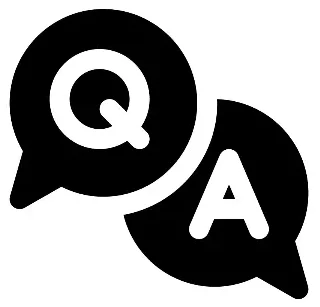Module 2: Applications and Tools of Generative AI
Looking for ‘generative ai introduction and applications module 2 answers‘?
In this post, I provide accurate answers and detailed explanations for Module 2: Applications and Tools of Generative AI of Course 2: Generative AI: Introduction and Applications – IBM Generative AI Engineering Professional Certificate
Whether you’re preparing for quizzes or brushing up on your knowledge, these insights will help you master the concepts effectively. Let’s dive into the correct answers and detailed explanations for each question.
Practice Quiz: Generative AI: Applications and Tools
Practice Assignment
1. What is the impact of generative AI on medical treatments?
- Quicker sentiment analysis
- Medically literate chatbots ✅

- Hospital policy implementation
- Increased development costs
Explanation:
Generative AI can create medically literate chatbots capable of assisting patients with queries, providing personalized advice, and helping with preliminary diagnoses. This improves patient engagement and reduces the workload on healthcare professionals.
2. How does generative AI empower the human resource function?
- Auto-detecting risky behavior
- Creating job requisitions ✅

- Structuring custom loans
- Increasing the depth of datasets
Explanation:
Generative AI can assist HR teams by automating the process of writing job descriptions or requisitions, making them tailored and efficient. It streamlines recruitment and ensures alignment with company requirements.
3. Which of the following generative AI tools is best for researching the latest news or information on any topic?
- ChatGPT
- Writesonic
- Jasper
- Bard ✅

Explanation:
Google Bard is known for accessing and synthesizing up-to-date information from the web. It is designed for real-time research and often provides more current insights compared to other tools like ChatGPT, which relies on pre-trained data (up to its last update).
Graded Quiz: Applications and Tools of Generative AI
Graded Assignment
4. Selina is struggling to put together a presentation. She asks ChatGPT, “Can you create slides on the last remaining wildflowers in the rainforest?”
- ChatGPT will provide a step-by-step guide on saving the rainforest.
- ChatGPT will suggest the title, content, and visuals for slides. ✅

- ChatGPT will start to translate your request into another language.
- ChatGPT will respond with some basic information on forest flowers.
Explanation:
ChatGPT is capable of assisting with structured tasks such as suggesting slide titles, content outlines, and appropriate visuals based on the user’s request. It helps streamline the presentation creation process.
5. Which code generation is based on the pre-trained language model OpenAI Codex tool and can help Elizabeth generate solution-based code?
- GitHub Copilot ✅

- Amazon CodeWhisperer
- ChatGPT
- PolyCoder
Explanation:
GitHub Copilot is powered by OpenAI Codex, a language model specialized in code generation. It assists developers by providing code suggestions, completing code snippets, and generating solutions based on the context.
6. Bob wants to convert a painting into a photograph. Which generative AI capability will help him do this best?
- Outpainting
- Image fusion
- Style transfer ✅

- Inpainting
Explanation:
Style transfer is the generative AI capability used to apply the artistic style of one image (e.g., a painting) to another, effectively converting paintings into photograph-like images or vice versa.
7. If you want precise control over style for manipulating specific features like a pose or facial expression, which tool here can help you do that best?
- Freepik
- Stable Diffusion
- StyleGAN ✅

- DALL-E
Explanation:
StyleGAN is designed for fine-grained control over specific features in image generation, such as poses, facial expressions, or lighting. It allows for precise manipulation compared to other tools.
Related contents:
Module 1: Introduction and Capabilities of Generative AI
Module 3: Course Quiz, Project, and Wrap-up
